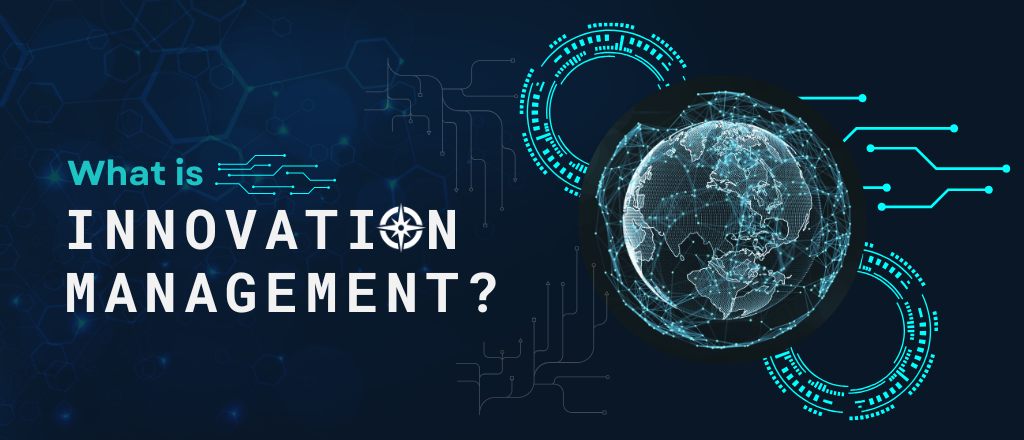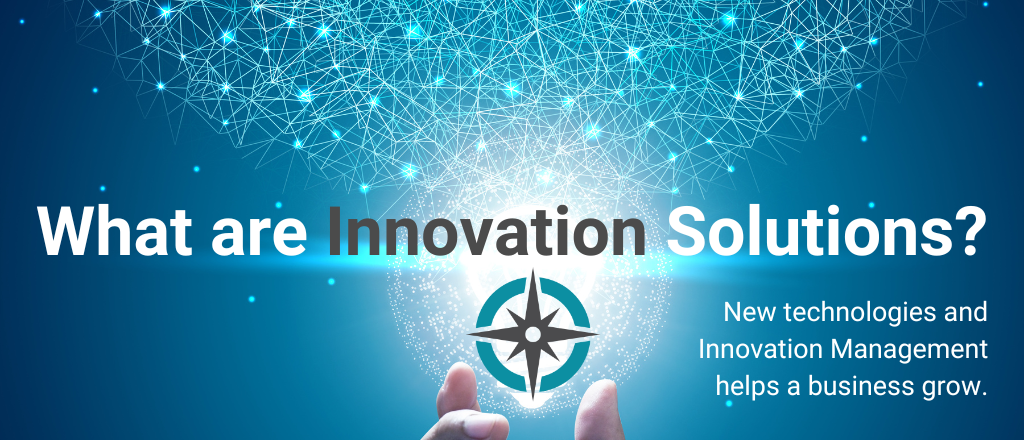[vc_row][vc_column][vc_column_text css=""] How can organizations ensure they’re investing in the right mix of innovation projects? The answer lies in building a healthy innovation portfolio. A well-structured innovation portfolio helps organizations balance risk and reward, align innovation efforts with strategic goals, and maximize the impact of their investments. By understanding what a healthy innovation portfolio looks like and how to manage it effectively businesses can drive sustainable growth, stay ahead of competitors, and future-proof their operations. With today’s relentless pace of change, fierce global competition, and ever-rising market expectations, the ability to innovate is no longer a luxury—it’s a necessity for year-to-year viability. Management knows it, and so does Wall Street: organizations that fail to continually innovate risk falling behind or becoming obsolete. Building and maintaining a healthy innovation portfolio gives companies the agility and resilience needed to thrive, ensuring that today’s investments set the stage for tomorrow’s success.[/vc_column_text][vc_empty_space][vc_column_text] What Is an Innovation Portfolio? [/vc_column_text][vc_empty_space][vc_column_text] An innovation...
Read More












